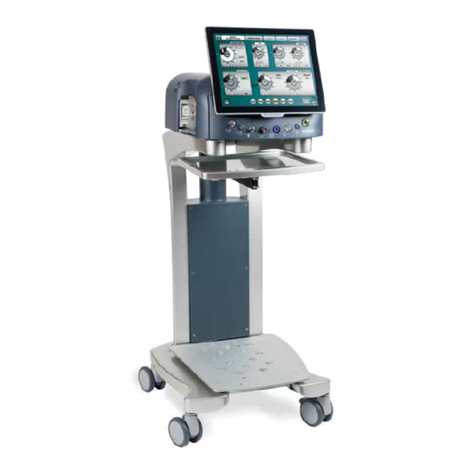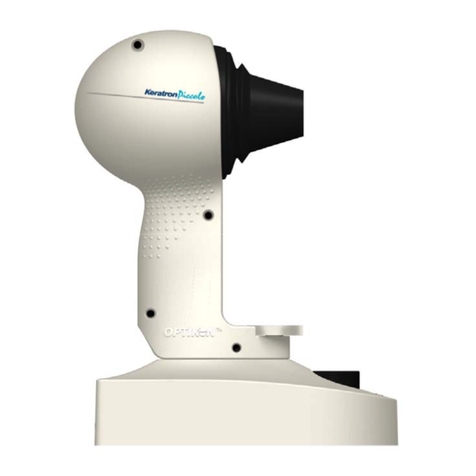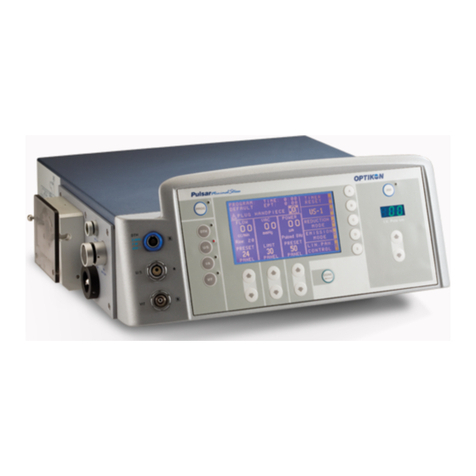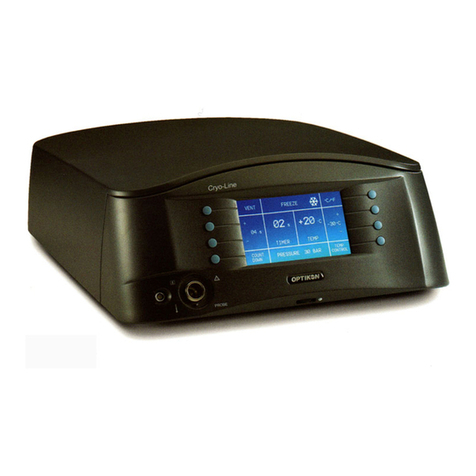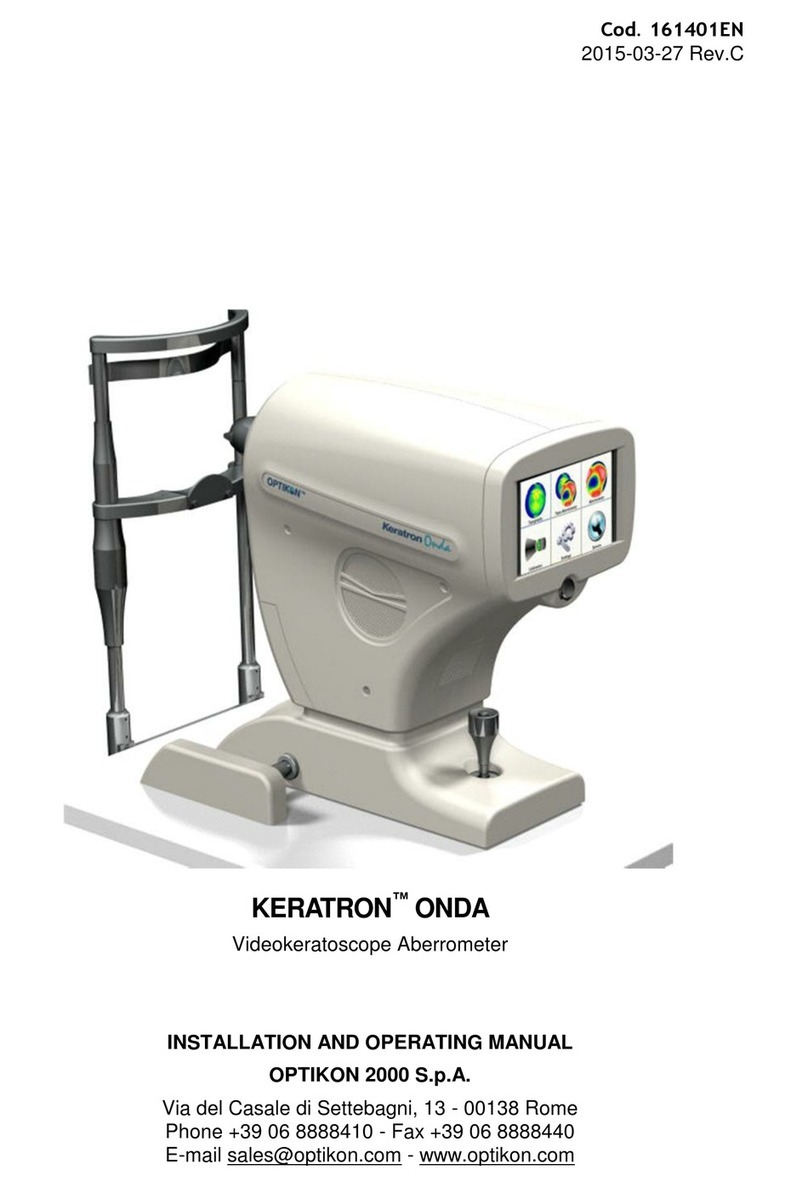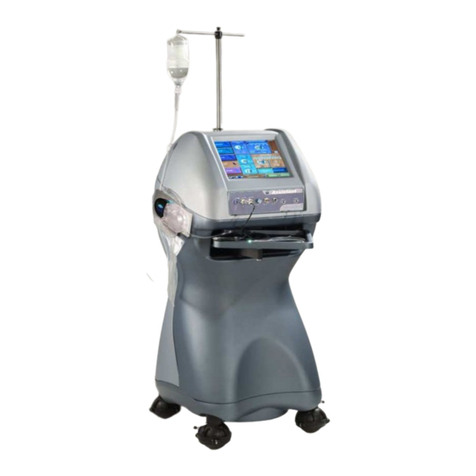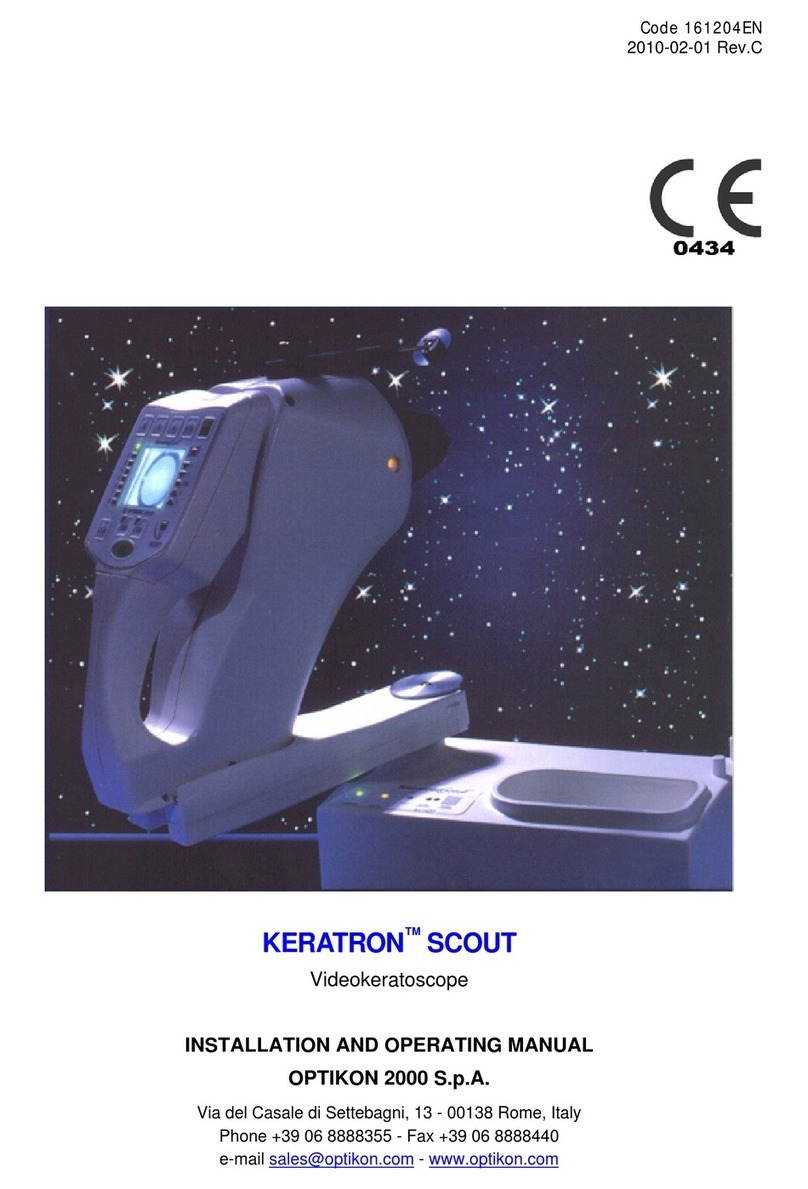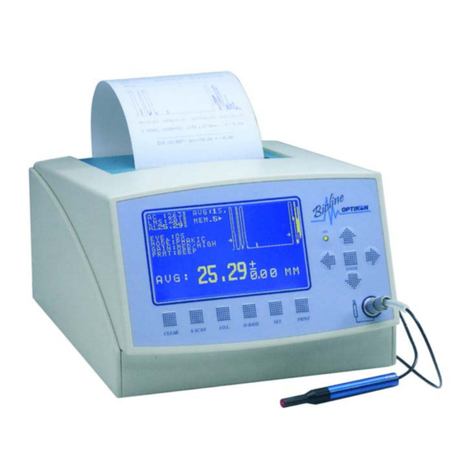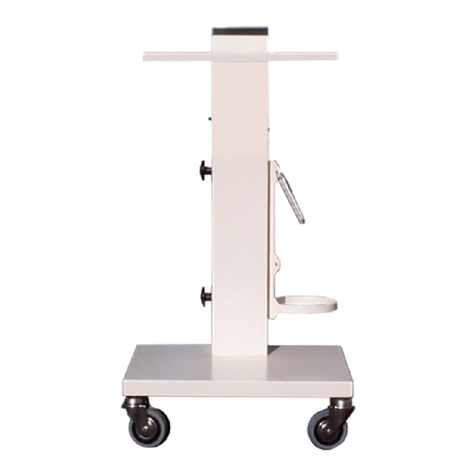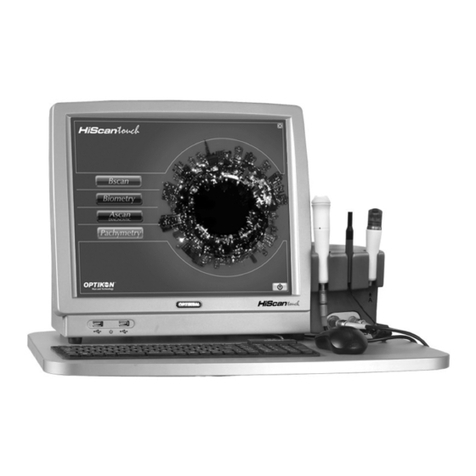
TABLE OF CONTENTS
Page
1DISCLAIMER ................................................................1-1
2LIMITED WARRANTY CONDITIONS.......................................2-1
3WARNINGS .................................................................3-1
4SYMBOLS ...................................................................4-1
5GENERAL INFORMATION..................................................5-1
5.1 SYSTEM DESCRIPTION .............................................................................. 5-1
5.2 TECHNICAL SPECIFICATIONS ...................................................................... 5-2
5.3 EMC TABLES ......................................................................................... 5-5
5.3.1 ELECTROMAGNETIC EMISSIONS................................................................ 5-5
5.3.2 ELECTROMAGNETIC IMMUNITY ................................................................ 5-6
5.3.3 RECOMMENDED SEPARATION DISTANCES .................................................... 5-7
5.4 CIRCUIT DIAGRAMS ................................................................................. 5-8
5.5 COMPOSITION ....................................................................................... 5-8
5.6 ACCESSORIES ........................................................................................ 5-9
5.7 UPGRADE KITS......................................................................................5-10
5.8 NOT SUPPLIED ACCESSORIES.....................................................................5-11
5.9 DISCONTINUED CODES ............................................................................5-12
6INSTALLATION.............................................................6-1
6.1 INTRODUCTION...................................................................................... 6-1
6.2 UNPACKING AND INSPECTION..................................................................... 6-1
6.3 INSTALLATION PROCEDURE ....................................................................... 6-2
6.3.1 CONFIGURATION ON THE SLIT LAMP ......................................................... 6-2
6.3.2 “PORTABLE” (BATTERY OPERATED) CONFIGURATION..................................... 6-4
6.3.3 INTRA-OPERATORY CONFIGURATION......................................................... 6-6
6.4 SOFTWARE INSTALLATION......................................................................... 6-7
6.4.1 INTRODUCTION .................................................................................. 6-7
6.4.2 DOWNLOAD THE KERATRON SCOUT FROM THE WEB....................................... 6-8
6.4.3 KERATRON SCOUT SOFTWARE INSTALLATION............................................... 6-9
6.4.4 IMPORTING OLD KERATRON®TESTS .......................................................... 6-9
6.4.5 KERATRON SCOUT SOFTWARE ANATOMY...................................................6-11
6.4.6 SCOUT CUSTOMIZATION.......................................................................6-12
6.4.7 USB DRIVERS INSTALLATION ..................................................................6-12
6.4.8 CONFIGURING KERATRON SCOUT SOFTWARE..............................................6-15
6.4.9 UNINSTALL KERATRON SCOUT SOFTWARE..................................................6-16
7SCREEN AND COMMANDS DESCRIPTION ................................7-1
7.1 INTRODUCTION...................................................................................... 7-1
7.2 CALIBRATION........................................................................................ 7-1
7.3 HOW TO ACQUIRE A GOOD IMAGE ............................................................... 7-2
7.3.1 THE SLIT LAMP CONFIGURATION.............................................................. 7-2
7.3.2 THE PORTABLE CONFIGURATION.............................................................. 7-3
7.4 HOW TO PROCESS, PRINT AND SAVE IMAGES................................................... 7-6
7.5 PUPILLOMETRY...................................................................................... 7-7
8CLEANING, STERILIZATION AND MAINTAINANCE......................8-1
